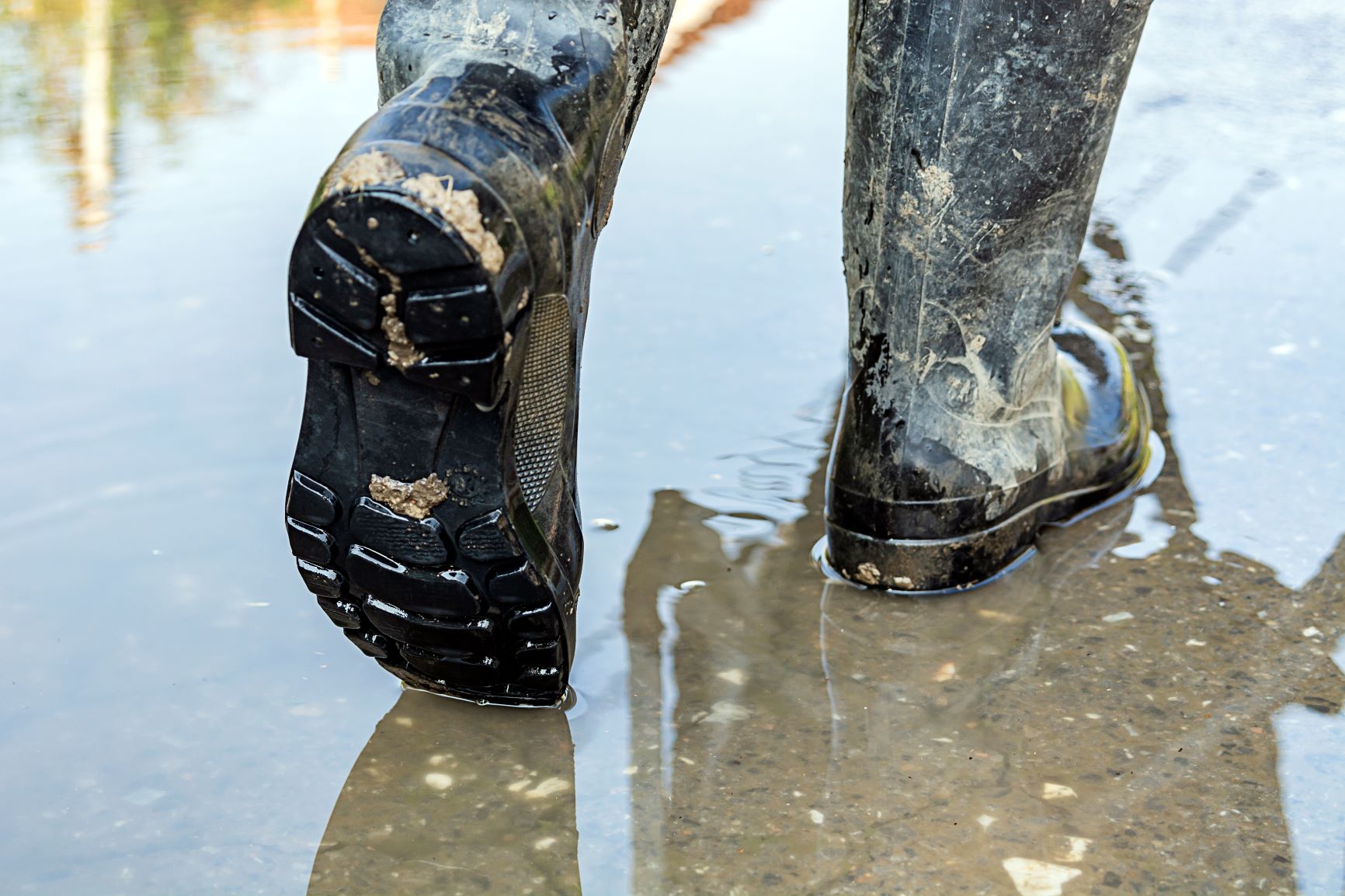Our hedgerows are still at risk
CPRE’s hedgerow campaign target is 40% more hedgerow cover by 2050. However, existing hedges continue to be lost, sometimes faster than new ones are planted.
We have lost half our hedges since 1945. Massive hedgerow losses in the three decades after the war led to the 1997 Hedgerow Regulations. Great news – with a few exceptions, all countryside hedges are now protected.
Anyone wishing to remove a hedgerow should apply to the local planning authority (LPA). The LPA then has 42 days to determine whether the hedge is “important”. This can depend on the hedge’s history or its value for wildlife. For example, a hedgerow is important if it contains seven or more woody species, but this is just one of thirteen criteria. The removal of an “important” hedge will generally not be permitted.
In 2010, CPRE reported that hedgerow loss had slowed – more great news. However, there are no figures for the hedgerows lost that had not gone through the approval process. We fear this happens more than people realise. As an example, we looked at Sedgemoor District Council, here in Somerset. Sedgemoor lists 111 applications for hedgerow removal over the last twenty years. About half of these were for short lengths required for utility companies, access etc. Incredibly, The list does not include any of the 1km of field hedge lost during the same period in just one of its parishes!


Removal of any hedge protected by the regulations without approval is a criminal offence.
Offenders who illegally remove hedges can be subject to large fines and required to replace the hedge. Unfortunately, local authorities appear reluctant to prosecute offenders, so existing hedgerows continue to be vulnerable. This may be due to lack of resources but the law is the law and should be seen to be enforced,
If you see a hedgerow being destroyed, take photos and report it to your local authority…. but don’t be too surprised if you receive a lukewarm response!






